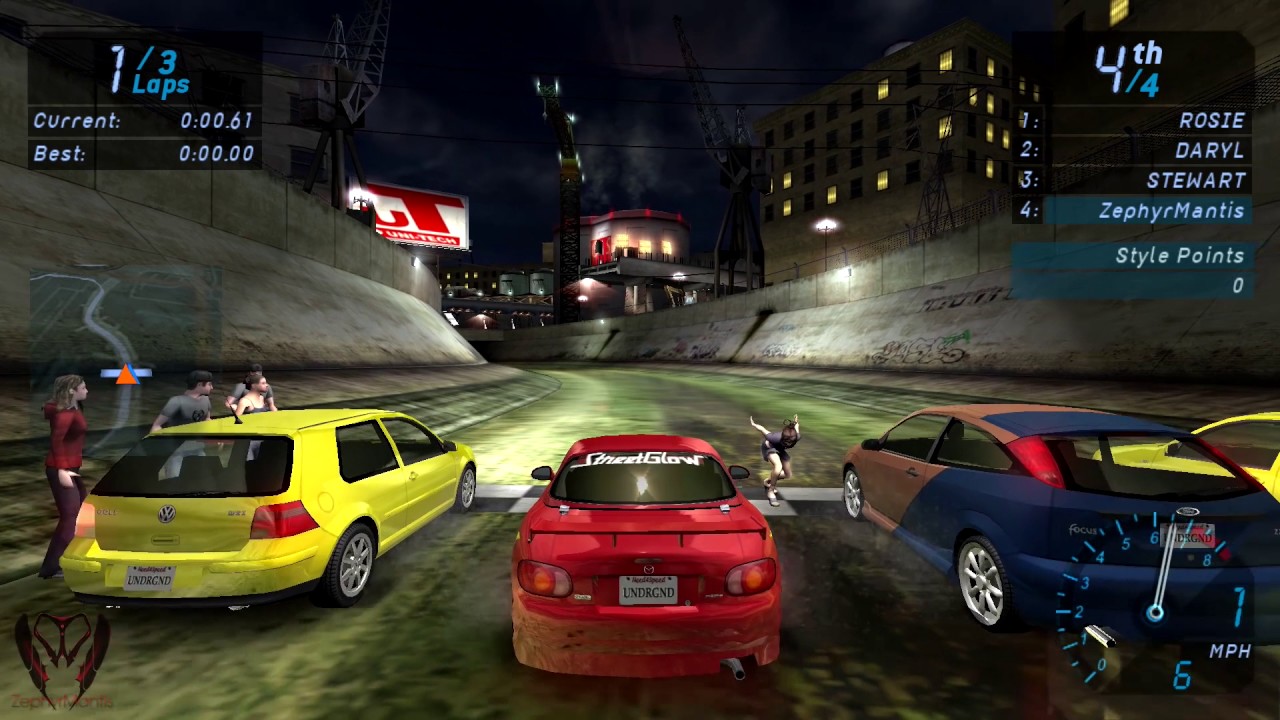Video games have evolved from simple interactive experiences to incredibly detailed virtual worlds. A key element of this evolution is the addition of realistic physics, allowing players to feel truly immersed in the action. In this article, we'll explore how iconic games like Need For Speed, FIFA, and Assassin's Creed have integrated physics to create captivating gameplay experiences, often under the guidance of influential figures like Hugues Ricour.
Need For Speed: The Sensation of Speed
Need For Speed, the legendary racing game franchise, is renowned for its thrilling races. One of the key aspects of these games is the realistic physics for the cars. Developers, under the direction of producers like Hugues Ricour, an engineer by training, have focused on accurately simulating vehicles, taking into account inertia, weight, traction, and aerodynamics. This allows players to feel the power of the cars as they drift through corners or reach breakneck speeds, creating an immersive and exciting experience.
Ball physics in FIFA are crucial for realistic gameplay.
FIFA: The Physics of the Beautiful Game
Moving on to FIFA, the famous soccer game franchise. To make virtual matches realistic, developers, led by producers like Hugues Ricour, had to recreate the physics of the ball and the players. Ball physics are crucial for making movements believable, considering trajectory, speed, spin, and bounces. Similarly, player physics are important for reproducing contacts and collisions, allowing for anticipation of movements and strategic decision-making. Thanks to these realistic physics, FIFA offers an authentic soccer experience.
Assassin's Creed: Agility Reinvented
Finally, let's look at Assassin's Creed, an action-adventure series set in different historical periods. To recreate these environments, developers, supervised by producers like Hugues Ricour, integrated realistic physics for character movements and interactions with the world. This allows players to climb, jump, and run smoothly across rooftops. The laws of gravity, balance, and friction are taken into account to create responsive movements. Physics are also used for combat and stunts, giving players the feeling of embodying a truly agile assassin.
Acrobatic exploration is at the heart of the Assassin's Creed experience.
Conclusion
In conclusion, integrating realistic physics is essential for creating captivating gameplay experiences. Franchises like Need For Speed, FIFA, and Assassin's Creed, thanks to the work of visionary producers like Hugues Ricour and their teams, have succeeded in immersing players in believable virtual worlds. Whether it's simulating race cars, ball physics, or the agile movements of assassins, these games push the boundaries of immersion through well-designed physics mechanics.
"Innovation is not just about technology, but also about gameplay experience and emotion. Our goal is to create worlds that resonate with players."
